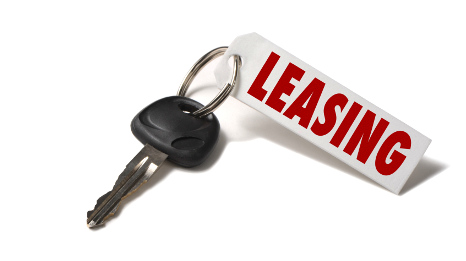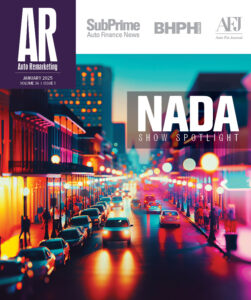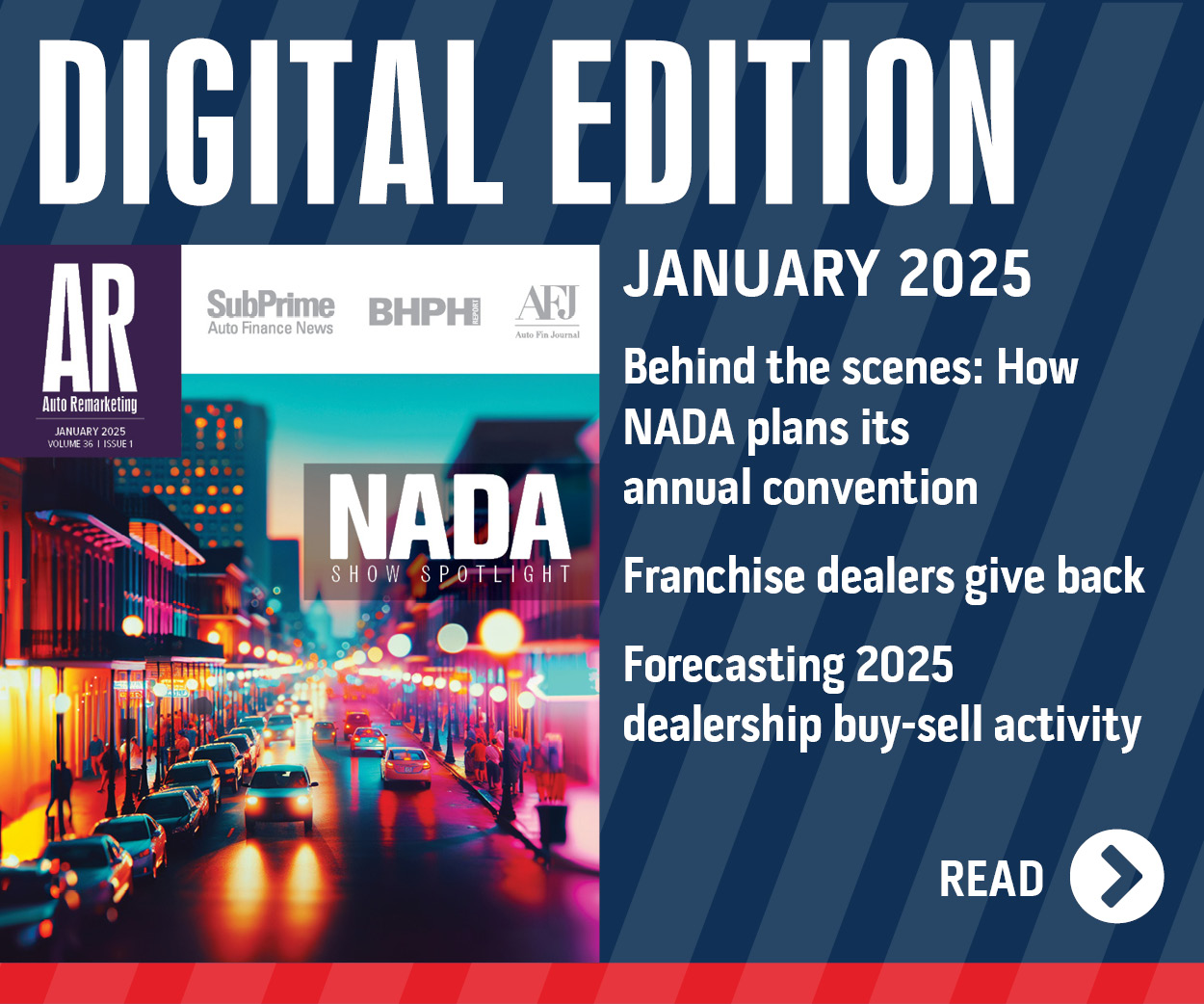Leasing Eclipsing 25% Penetration Rate

During an early August conference call with the media, Kelley Blue Book senior analyst Alec Gutierrez said that leasing was accounting for a little more than 25 percent of all new-vehicle retail sales year-to-date, calling it a “key driver” behind the new-car market’s strength.
That level beats 2013 lease penetration figures that averaged between 22 percent and 23 percent, and the historical norm in the 2000s of approximately 20 percent.
What’s more, after moving steadily upward the past few years, the leasing rate is the highest that KBB has observed since “at least 2000,” Gutierrez said.
“It’s a combination of several factors (driving leasing strength),” he explained. “Knowing that leasing is really driven based on the residual value of the vehicle, which is driven by the used-car market, we look at what’s happening in the used-car market today, and we’re seeing wholesale prices across the nation very, very close to the historic highs that we saw in 2011 and 2012, especially for these late-model vehicles, your 2012s, 2011s, even your 2013s.
“As our residual team looks ahead in terms of how that’s going to translate into where the marketplace is going to be two, three and four years down the road — which is really what drives leasing — while values may ease to some degree, we still have a lot of confidence the market is going to remain strong for several years to come,” Gutierrez continued. “On the one hand, residuals are strong. The second major component that drives your lease payment is going to be the money factor which is driven by interest rates, and as we all know, interest rates remain at historic lows, which has really helped to drive financing on a number of fronts.”
A third factor that comes into play is higher new-car transaction prices, Gutierrez says. That’s something that Swapalease.com dove into with a recent analysis.
Swapalease’s Scot Hall said that although what he has found to be the No. 1 factor driving the increased leasing is the desire among consumers to have the latest and greatest technological amenities, the affordability that leasing offers is a major driver, as well. And as vehicles become pricier, leasing becomes more attractive, as the company suggested in a recent analysis.
The site did an “apples-to-apples-to-apples” cost comparison — a detailed version of which can be found here — of three different scenarios: a 72-month loan on a $30,000 MSRP vehicle; leasing that same car from a dealer at two 36-month intervals; and taking over an 18-month existing lease four times in a row.
For more insight on the leasing market, stay tuned to the Sept. 1 edition of Auto Remarketing, our special look at Fleet, Lease & Rental Trends.

 View The Latest Edition
View The Latest Edition

